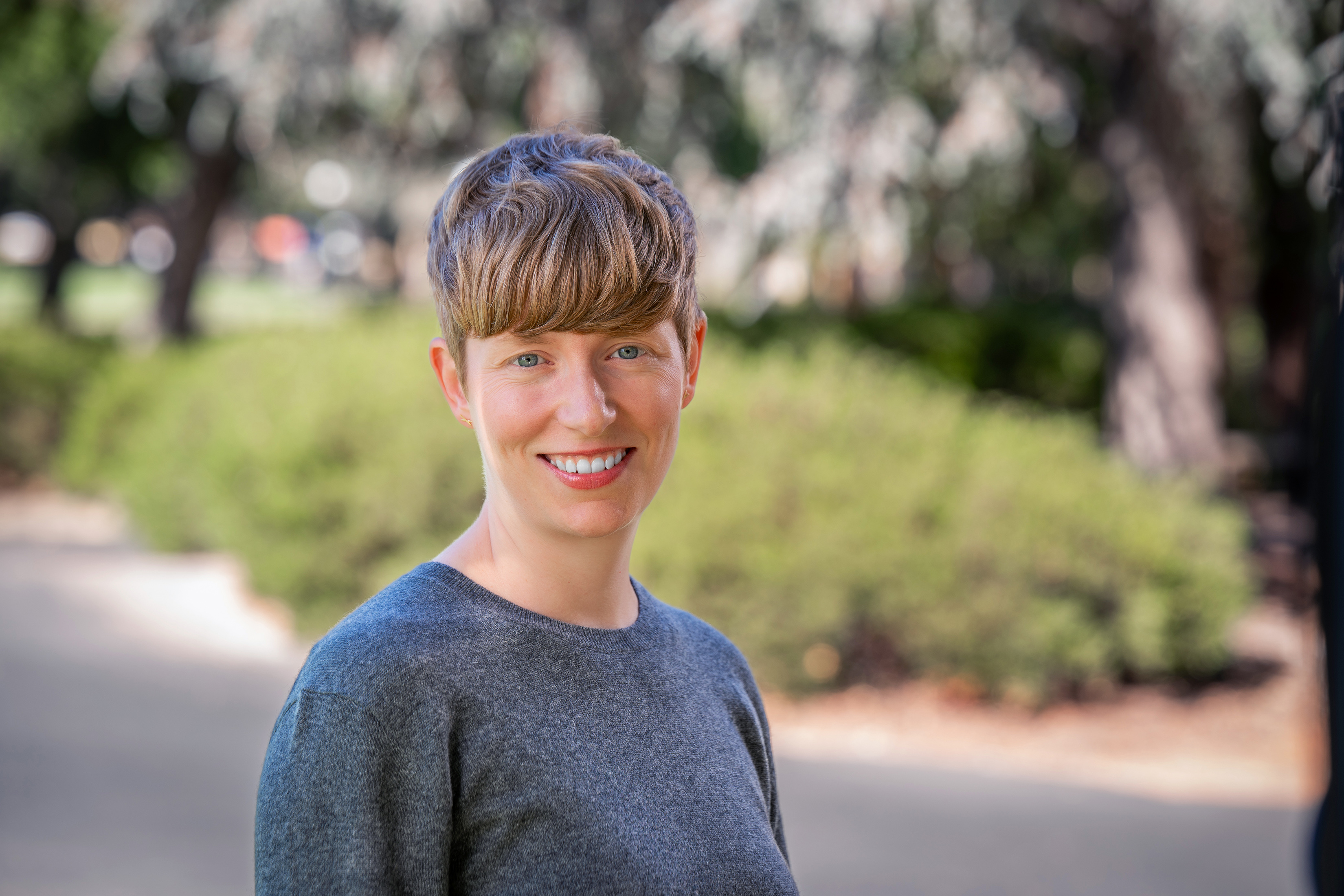Water Planning for Droughts, Floods, and More
-
-
Slice of MIT
Filed Under
Recommended

In 2006, a major gasoline spill contaminated the water supply at the house where Sarah Fletcher SM ’12, PhD ’18 was growing up in Maryland. “That was really scary, and it made me realize just how essential it is to be able to turn on the tap and how easy it is to take for granted,” Fletcher says.
An assistant professor of civil and environmental engineering at Stanford, Fletcher works to address the challenge of water insecurity. “I focus on solutions that are robust and resilient to uncertainty in the future. What if droughts get worse? What if the demographics of cities change? Are the solutions we’re coming up with going to allow us to be OK in a wide range of futures?” she says. “It’s easy for a lot of us in the US to think we’ll just turn on the tap and we’ll have water. That’s not true for a lot of people.”
In fact, she points out, even in the United States millions of people lack access to clean drinking water at home, and the cost of water services is on the rise. Traditionally, water planners have relied on large infrastructure projects to provide water as needed, but such projects take time and money.
“Water supply infrastructure like reservoirs can store water so we can save it from wet times and use it in dry times when we need it more,” she explains. “But infrastructure projects also have real downsides. They can be really expensive, and that can raise the cost of water. They also have real environmental impacts on local communities.”
To determine the best use of limited resources, Fletcher has developed computational models that help planners and policymakers test out water strategies before they build dams, desalination plants, or other infrastructure. “What’s powerful about models is that they allow us to experiment with possible solutions before we have to implement them in reality,” Fletcher says.
It’s easy for a lot of us in the US to think we’ll just turn on the tap and we’ll have water. That’s not true for a lot of people.
Fletcher didn’t always plan to pursue a career in water. As an undergraduate at the University of Pennsylvania, she double majored in physics and economics, with the goal of becoming a physicist. In the end, however, she decided physics was too theoretical for her. “I wanted to do something with social impact,” she says.
She took an internship focused on energy policy in Washington, DC, and discovered she loved applying science to real-world concerns. That interest brought her to the Technology and Policy Program at MIT, where she completed her master’s degree researching the risk of groundwater contamination from spills of hydraulic fracturing fluids.
Fletcher next earned her PhD through MIT’s Institute for Data, Systems, and Society, supported in part by a Rasikbhai L. Meswani Fellowship for Water Solutions from MIT’s Abdul Latif Jameel Water and Food Systems Lab (J-WAFS). The mission of J-WAFS, which is celebrating its 10th anniversary this year, is to find solutions to urgent global water and food systems challenges—and that goal really resonated with Fletcher.
“I’m very grateful to J-WAFS,” Fletcher says. “That fellowship set me up to do the job I’ve got now, which is just the best job in the world.” After completing a postdoc in MIT’s Department of Civil and Environmental Engineering, Fletcher joined the faculty at Stanford in 2020.
At Stanford, Fletcher works with a variety of stakeholders, including utilities, local governments, and community groups, to find creative water solutions—such as small-scale modular water treatment—while addressing the needs of people impacted by water management decisions. “One of my interests is trying to broaden the set of stakeholders we can represent,” she says.
Ultimately, Fletcher hopes her work will help boost the reliability of water supplies with less expensive infrastructure and less impact on the environment—even in the face of changing weather patterns. “Climate change is having a profound impact on the water cycle,” and that means flexible planning is needed now more than ever, she says.
Photo courtesy of Sarah Fletcher







